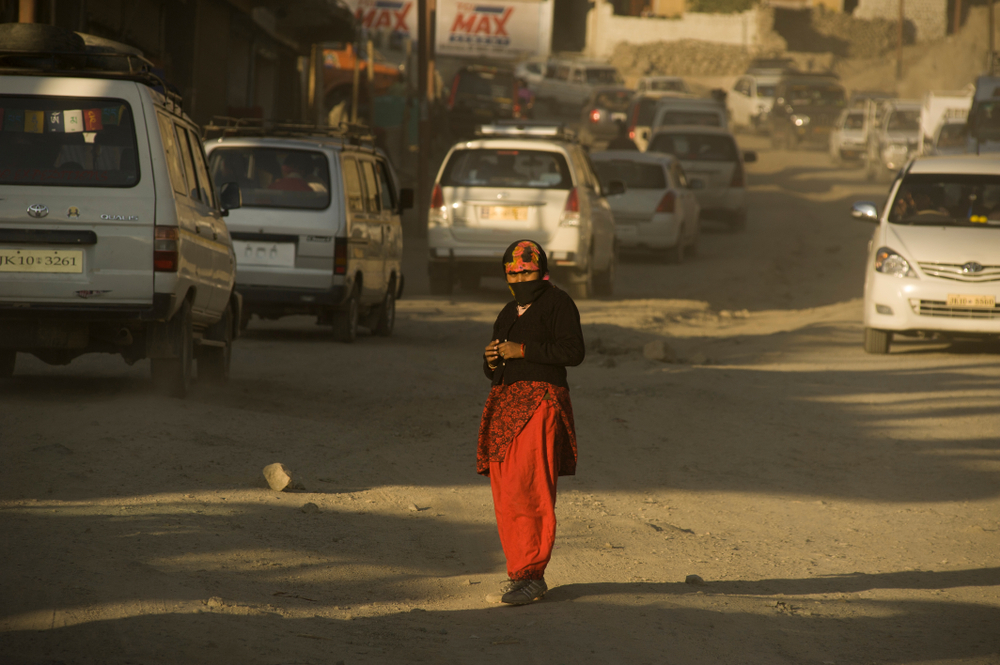On February 23, 1991, several women were allegedly raped by security forces in the twin villages of Kunan and Poshpora in the district of Kupwara. The Jammu and Kashmir Coalition of Civil Society and some other groups have been commemorating the Kunan-Poshpora incident for years. The commemoration is usually held at a hotel in Srinagar. What purpose does a commemoration held far away from the place of a crime serve? How do social, cultural and economic anchorages of the victims reflect within such opulent surroundings? Can such venues mirror the actual landscape associated with memory? Do these settings offer an atmosphere where victims can speak without any hesitation? Do all victims participate in these ceremonies? Doesn’t this change in landscape amount to a distortion of reality?
Memories typically reflect the views and values of the elite, excluding the histories of the underprivileged. Memorials are also in constant flux in response to shifting ideological and social interests. The question is whether the commemoration of the Kunan-Poshpora violence at a place far removed from the site of occurrence amounts to manipulation? Certain questions need to be asked of memorials too. These questions pertain to a memorial’s landscape, its visibility and accessibility, the plot, the main actors, seating arrangements for actors and participants, proximity to the site of power, the message, patron institutions, the role of the media and so on.
Landscape conceals as much as it reveals about memory. In our view, the commemorations by the JKCCS and others neither respect the landscape nor the victims. The ambience does not facilitate a fearless or empathetic environment for the victims to speak. What constitutes the right place to share trauma or whether to share trauma in the first place is a subjective choice. Therefore, in this case, it is important to establish whether victims/survivors are comfortable ‘sharing’ their views in an alien setting. The process of remembering a past event can be influenced by the trauma experienced by individuals. Is it then correct to hold a commemoration? If yes, what could be a suitable site? Can it be the place of birth of the memory?Are commemorations constrained by political conditions prevailing in Jammu and Kashmir?
The ‘context of memory’ is as important as ‘memory’ itself. When the environment of a memory is manipulated, it results in the manipulation of the memory itself leading to the distortion of reality. Thus, when the site-specific symbols and practices of visualizing the past are contextualized in new settings, their meanings and politics can change. The same holds true for the commemoration of the Kunan-Poshpora mass rape. This is nothing short of a gross misappropriation of history and an insult to the memories of the victims of a heinous crime.
The convergence of landscape and memory is very important. The preservation of the places of importance during the Second World War and the Holocaust is an excellent example of this overlap between collective memory and geography. Many death camps have been preserved and serve as an important reminder of the atrocities inflicted on Jews and other groups. Arguing for a memorial to be built in Kunan-Poshpora would be irrational. But if a remembrance is to be held — with the consent of survivors — it should be done at the place that is the womb of the memory itself.
Another example worth mentioning is Palestine. In 1948, hundreds of thousands of Palestinians were forced to leave their villages, and these villages were razed to the ground by Israel. This particular incident is known as Nakba (catastrophe). This internal displacement of Palestinians is being commemorated for 20 years now. People gather and start moving towards the villages destroyed by Israel. Although there are no houses left, they carry keys with them to unlock their ‘homes’. This is a symbolic gesture of resistance and of the longing to return, demonstrating the importance attached to the place of an incident. Gathering together at the destroyed place upholds its sacredness and the memory associated with it. Should ‘commemorative decisions’ be taken by the people at large, by the victims, or by a particular group or association? Who really owns these memories? The answer must rest with the victims. It cannot be given by a select group in charge of the ‘commemoration’.
Nyla Ali Khan, an academic and the grand- daughter of Sheikh Abdullah, has asked: ‘‘Have we provided adequate economic and humanitarian support for the women of Kunan Poshpora?” “Does idle chatter, followed by luncheons and photo ops at fancy hotels in Srinagar do anything to help their situation on the ground?” Of course not. The very act of commemorating the incident at a venue away from the actual site of the violence affects the memory of the trauma itself. It also fails to put pressure on the agencies responsible for the transgression, keeping the violation within the clutches of those who derive benefit from it.
This memorialization of Kunan-Poshpora reflects not only the bureaucratic character of commemoration but also exposes the deeper roles of the State and the powers that be. It diffuses the potential of poignant memory recollection. Turning a cause into a fashionable act reveals that people are more concerned about programmes than acts of resistance. These modes of commemoration for justice persistently create insensitivity towards the victims and take away from the gravity of their experiences.










